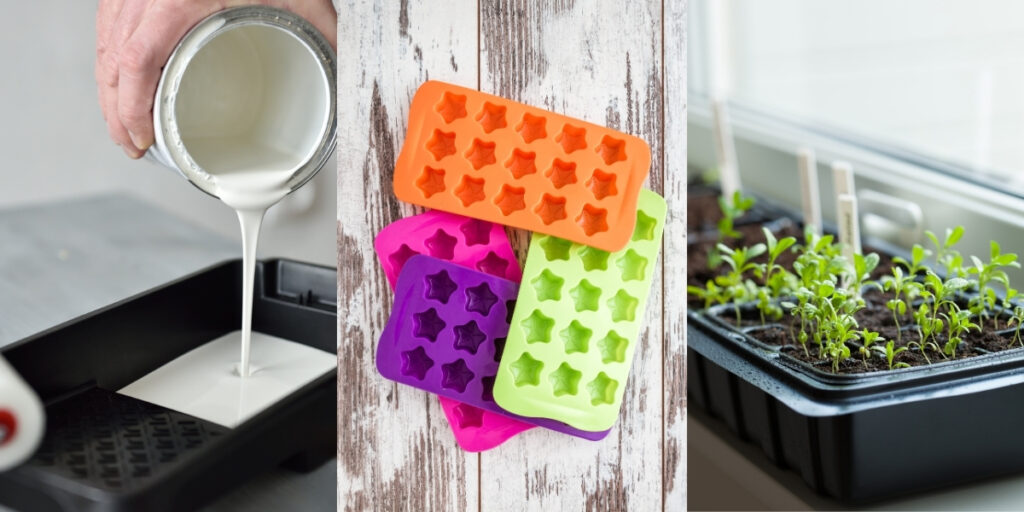Throughout Midwest Rubber Company’s over 70-year history, we have utilized a variety of manufacturing processes to develop effective solutions for our clients around the world. We closely evaluate every project to determine the best approach to their manufacturing goals and challenges, and we enjoy collaborating with our clients.
Today, we would like to describe our vacuum forming process, which originated in the 1930s, and is one of the oldest methods of manufacturing plastic materials.
What is vacuum forming?
Vacuum forming, a plastic manufacturing process utilized by a wide variety of industries, represents a huge and instrumental part of our daily life, as it is used in the automotive, food, cosmetics, electronics, and other industries. At Midwest Rubber Company, we utilize vacuum forming, which is a streamlined version of thermoforming, to form plastic into 3-dimensional objects/products.
Vacuum forming involves our team heating a sheet of plastic to a forming temperature, which we then drape and stretch over a mold. We then suction the plastic against the mold via a vacuum, eject the sheet from the mold, and the final product is formed.
Why is vacuum forming a smart choice?
Vacuum forming represents an unparalleled manufacturing process as no other process can compete with its low cost, tooling ease, efficiency, and how quickly prototypes and small series of certain shapes can be manufactured. This simpler tool and low forming pressures lead to a quicker process, low-cost tooling, and less expensive materials that lead to a less expensive build, usually a fraction of the cost of injection molding.
Further, the one-sided mold has good dimensional tolerances as opposed to injection molds that include both a cavity and a core. And, as the more precise process more closely follows design specifications, which reduces errors during production which reduces costs of recalled products and associated costs.
When is vacuum forming the right choice?
While vacuum forming represents the most cost-effective and efficient technique to process a diverse array of plastic applications, it is not suitable for every design or shape.
Vacuum forming works very well for lower-volume production runs. And, when you consider total part cost (tooling + piece price), this process represents a great choice for projects with tight budgets and/or the necessity for a quick turnaround.
When only one finished side is needed — such as a shell, a cavity without a core, or a core without a cavity – vacuum forming is a wise choice. And, it is a key choice for parts that support or fit into other parts.
If vacuum forming seems like the right manufacturing process for your next project, please give Midwest Rubber Company a call. We’d love to learn about your project and its goals and to suggest the ideal manufacturing process to give you your desired solutions!
